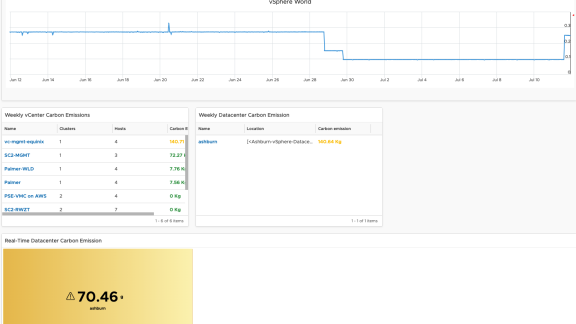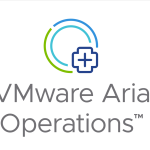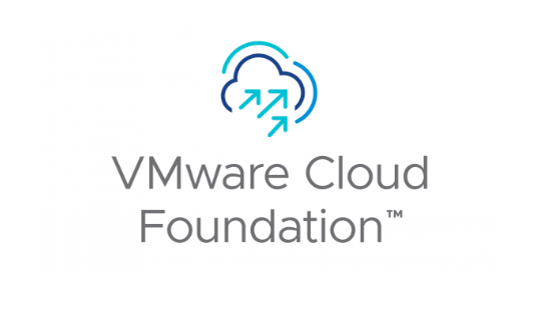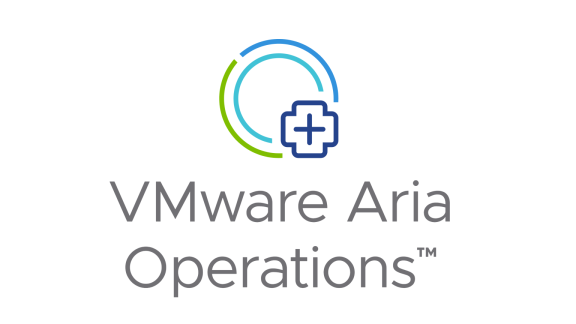Author(s): Lakshmikanth Mathur, Raajeev Kalyanaraman and Luke Huckaba
Summary
Companies and their executives give importance to sustainability for several reasons. Sustainability initiatives help increase energy efficiency, reduce carbon emissions, and reduce OpEx. Sustainability initiatives also provide a competitive advantage, add brand value, increase sales and create new opportunities. Companywide business units started with physical server consolidation using virtualization technologies from VMware to reduce their carbon emissions significantly. But to achieve zero carbon emissions, customers need insights into the carbon footprint of their virtual IT infrastructure objects.
This blog post details a new carbon emissions explorer dashboard for VMware Aria Operations that compliments the out of the box VMware Aria Operations sustainability dashboards. This new carbon emissions explorer dashboard allows customers to:
- Explore carbon emissions at various virtual infrastructure object levels in one page with drill-down capability from vCenter all the way down to an individual virtual machine.
- Quickly identify and take actions on outliers to reduce carbon footprint.
- Gain insights into opportunities for right-sizing over-provisioned clusters and over-sized VMs based on their carbon emissions.
Armed with this information, customers can take actions to reduce their IT infrastructure’s carbon footprint.
Carbon Emissions Explorer Dashboard
The carbon emissions explorer dashboard described in this blog uses out of the box metrics, Super Metrics and new widgets/views. This dashboard provides the following insights about the customer’s IT infrastructure:
- Trend of their overall carbon emission and their journey in reducing carbon footprint.
- Near real-time carbon emissions by their IT datacenters.
- Aggregated weekly carbon emissions by vCenter, datacenter, cluster, host and individual VMs.
- Top 10 clusters by highest and lowest power consumption.
- Identification of oversized clusters from which physical hosts can be removed to reduce carbon footprint.
- Identification of oversized VMs which can be resized to reduce carbon footprint.
The Super Metrics used in this dashboard calculates the carbon emissions value for an object based on the following data:
- Power consumption of the object
- EPA Greenhouse gas equivalency formula.1
The image below shows the visual representation of the carbon emissions explorer dashboard in VMware Aria Operations.
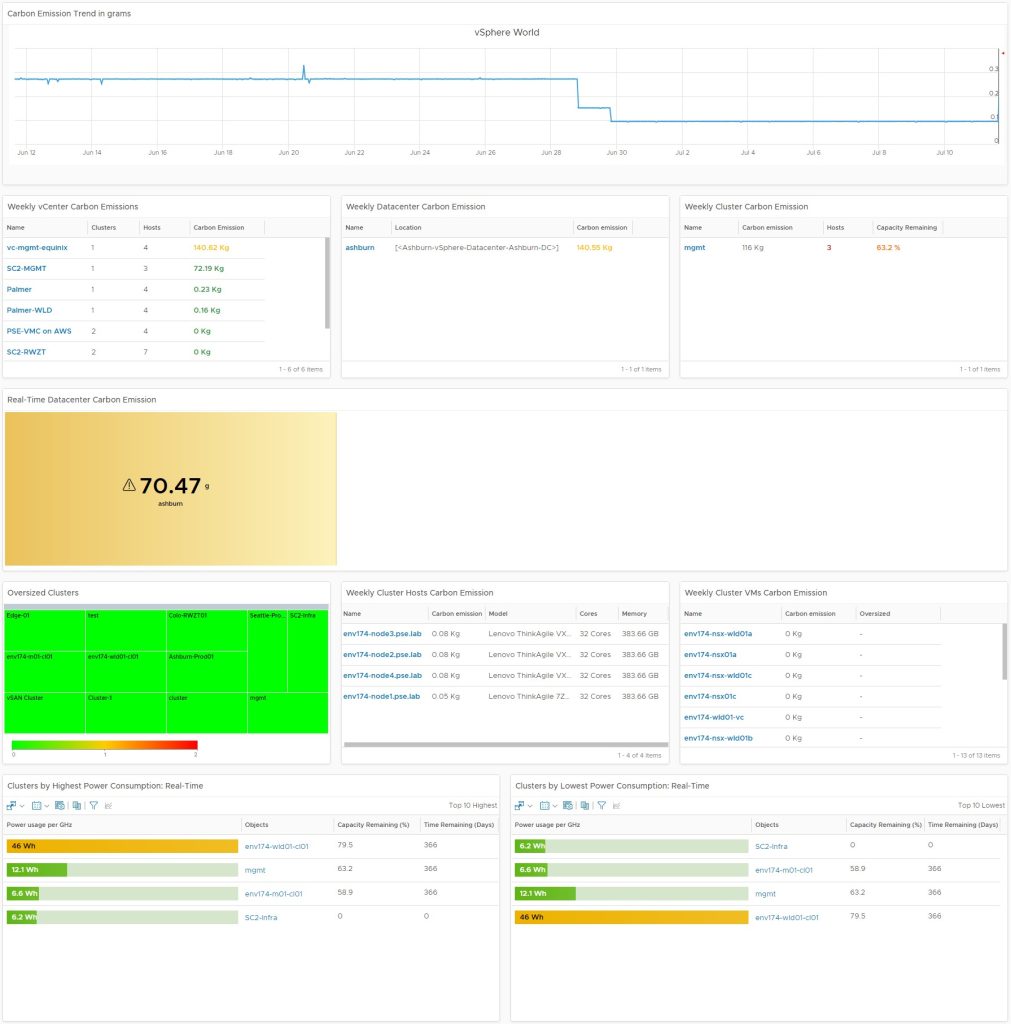
Dashboard components
Super Metrics
This dashboard uses the following Super Metrics:

The “Carbon Emission”, “Host Carbon Emission”, and “VM Carbon Emission” Super Metrics use the EPA Greenhouse Gas Equivalencies Calculator formula1 for the calculation of carbon emissions. These Super Metrics calculate carbon emissions for objects for which there are no out of the box carbon emission metrics.
Carbon Emission Super Metric
This Super Metric calculates the total carbon emissions using power consumption for all host systems for the following objects: vCenter and Virtual Datacenter. The Weekly Carbon Emissions views for both vCenter & Datacenter uses this Super Metric.
Host Carbon Emission Super Metric
This Super Metric calculates carbon emissions for a host based on its power consumption. The Weekly Cluster Hosts Carbon Emissions view uses this Super Metric.
Oversized Clusters Super Metric
This Super Metric calculates the number of reclaimable hosts in the cluster. It uses the following conditional expression:
(${this, metric=summary|total_number_hosts, defval=0}-${this, metric=summary|numOfReclaimableHosts, defval=0}>=4)?${this, metric=summary|numOfReclaimableHosts, defval=0}:0
If any of the metrics used in this conditional expression are nonexistent, their value defaults to zero. This Super Metric recommends reclaiming hosts from the clusters if at least four (4) hosts remain in the cluster after reclamation. The minimum number of hosts that must remain in a cluster for reclamation recommendation is tunable. The minimum number of hosts that must remain in a cluster can be set to one (1) host. But this number depends on the type of cluster and other integrations. For example:
- Existing vSAN clusters with more than two (2) nodes cannot be reduced below three (3) nodes
- Management clusters deployed with VMware Cloud Foundation (VCF) cannot be reduced below four (4) nodes.
Be mindful of all integrations when considering reducing minimum cluster host count to a number less than four. The Oversized Clusters heatmap widget uses this Super Metric. The Oversized Clusters heatmap widget shows clusters in which physical hosts can be removed to reduce carbon emissions. The heatmap widget shows clusters as follows:
- Clusters that are shown in green color have zero (0) hosts that can be reclaimed.
- Clusters that are shown in yellow color have one (1) host that can be reclaimed.
- Clusters that are shown in red color have two (2) or more hosts that can be reclaimed.
VM Carbon Emission Super Metric
This Super Metric calculates carbon emissions for a VM based on its energy consumption on its physical host. The Weekly Cluster VMs Carbon Emissions view uses this Super Metric.
Views & Widgets
This screenshot itemizes the views / widgets that compose the dashboard.

Carbon Datacenter View
The Carbon Datacenter View shows real-time datacenter carbon emissions in the center “scoreboard” of the dashboard.
Sustainability \ Total Carbon Emission View
The Sustainability \ Total Carbon Emissions trend shows both historical and real-time carbon emissions for the vSphere environment.
Weekly Carbon Cluster View
The Weekly Carbon Cluster view shows the following:
- Weekly sum of Carbon emission at the cluster level.
- Number of hosts in that cluster.
- The remaining cluster capacity percentage with its values color coded.
Weekly Carbon Datacenter View
The Weekly Carbon Datacenter View shows the following:
- Location of the datacenter. The location for this view is pulled from the native vSphere tag. In this example, a location tag was assigned to each of the virtual datacenter.
- Weekly sum of carbon emissions for that datacenter.
Weekly Carbon Emission by vCenter View
The Weekly Carbon Emission by vCenter View shows the following:
- Weekly sum of carbon emission aggregated at the individual vCenter level
- Number of clusters in that vCenter.
- Number of hosts in that vCenter.
Weekly Carbon Host View
The Weekly Carbon Host View shows the following:
- Weekly sum of carbon emission at the individual host level
- Host model
- Number of cpu cores and memory in that host.
Weekly Carbon VM View
The Weekly Carbon VM View shows the following:
- Weekly sum of carbon emission at the individual VM level.
- Oversized flag.
Dashboard functionality
The custom Super Metrics and Views outlined above are what make this dashboard possible. This dashboard contains many widgets. Each widget uses a view and/or a Super Metric to provide visibility into the carbon emissions for the environment.
The first component shows the real time trend of carbon emissions at the vSphere level. You can quickly identify when carbon emissions have increased or decreased in your VMware environment.

The next widget displays a list of vCenters in the infrastructure sorted and color coded by carbon emission data.
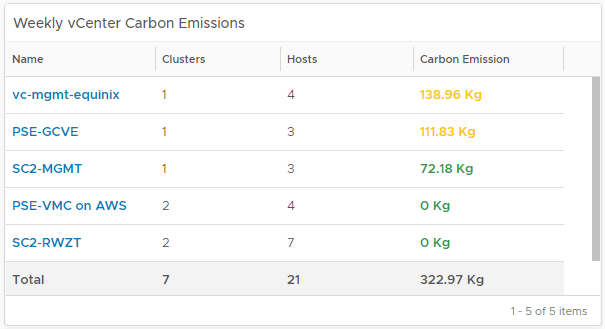
Selecting a vCenter row allows drill down of the carbon emissions at the datacenter level. Note the use of standard tags for denoting location data. If there is data on the type of power source used, that could be added in as an additional metric. Color coding is also based on carbon emission data and the thresholds are tunable by the customer.

The next row displays the real time carbon emissions for three datacenters in the selected vCenter. Datacenters emitting carbon below 70G are shown in green color while datacenters emitting carbon greater than 70G are colored in yellow or red. Customers can edit these display colors and thresholds to suit their use case.
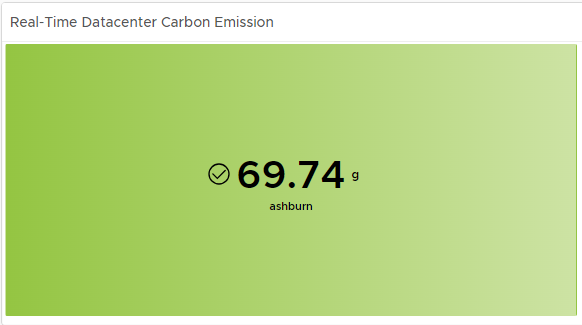
Selecting an individual datacenter shows the clusters under it. The data presented here shows the number of hosts and the remaining capacity on that cluster.

The Oversized Clusters heatmap provides a display indicating where physical host clusters may be oversized or underutilized2. Selecting the cluster allows further drill down to the individual hosts in the cluster and their properties (model, cores, memory).


Selecting the individual host shows all provisioned VMs on that host along with their carbon emission data. The oversized column shows a value of 1 if that VM is oversized, providing valuable insight to the customers. Oversized VMs can be rightsized to reduce carbons emitted from those VMs.
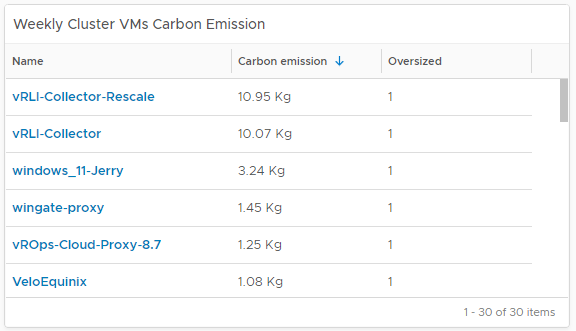
The real-time top 10 most power consuming clusters widget shows top 10 clusters with highest power consumption. The real-time top 10 least power consuming clusters widget shows top 10 clusters with lowest power consumption. Customers can identify and focus on clusters that are outliers where there are opportunities to reduce carbon emission. Clicking on a cluster row in these widgets updates data shown in Weekly Cluster Hosts and Weekly Cluster VMs widgets.


Conclusion
The new carbon emissions explorer dashboard in VMware Aria Operations is a significant step towards achieving zero carbon emissions in IT infrastructure. By providing customers with detailed insights into their carbon footprint at various levels, from vCenter down to individual virtual machines, the dashboard empowers companies to make informed decisions and take targeted actions to reduce their environmental impact. The dashboard offers a range of valuable features, including real-time trend analysis of carbon emissions, visibility into datacenters’ carbon footprint, identification of top-performing and underperforming clusters based on power consumption, and the ability to quickly identify and right-size oversized virtual machines and clusters. These features are made possible through the integration of out-of-the-box metrics, custom Super Metrics, and customizable widgets/views.
With VMware Aria Operations and its powerful dashboarding capabilities, customers can track their progress in reducing their carbon footprint and continuously refine their sustainability efforts. By enabling transparency, actionable insights, and the ability to make data-driven decisions, this dashboard supports companies in their journey towards a greener future.
Free Trial!
Sign up for a free trial of VMware Aria Operations and deploy this dashboard in your environment to gain helpful insights and possible cost savings through power reduction while simultaneously reducing carbon emissions.
Additional Resources
- This dashboard can be downloaded from the developer exchange. All included assets are bundled in and can be installed in the customer environment. The developer exchange page also provides detailed installation instructions.
- There is also a short video that goes over the carbon emissions explorer dashboard – the video can be accessed at the following link
Acknowledgements
Varghese Philipose and Zhelong Pan
References
- EPA Greenhouse Gas Equivalency Calculator – Emission factor is 1,562.4 lbs CO2/MWh × (1 metric ton/2,204.6 lbs) × 0.001 MWh/kWh = 7.09 × 10-4 metric tons CO2/kWh
- Oversized clusters are calculated based on the Super Metric formula outlined previously.
